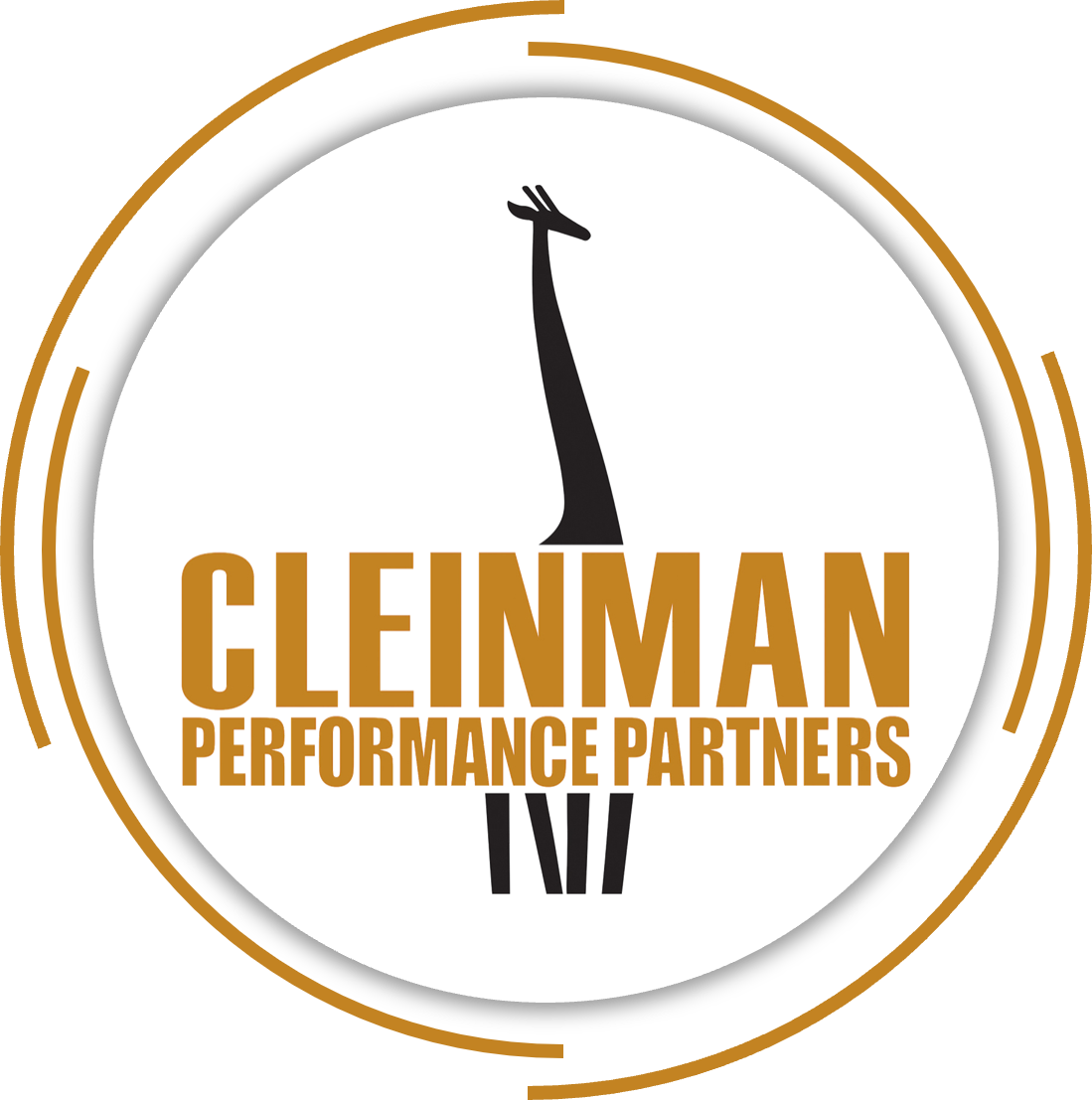Back in the mid 1980’s, I had the good fortune to visit 3M’s headquarters in St. Paul, Minnesota. Sitting in the reception area, awaiting the start of my meeting, I noticed a large sign, containing the venerable firm’s Mission Statement. While the totality of the statement is lost in my memory, I’ll never forget this part:
"25% of our annual business will result from products that were not in existance five years ago."
That message, to me, was an epiphany. 3M, after all, is a HUGE company. How could such a mega-organization commit to such a lofty goal? Sure, 3M is world renown for their product development. Everyone’s heard the story about the glue that was designated useless…as it wouldn’t firmly attach to anything. That glue became Post-It Notes and an entire brand of products. Often, innovation is about never giving up…uncovering a break-through from something that didn’t work for its original use. 3M’s innovation list is a mile long (including our industry’s LEAP blocking system). How do they do it?
I decided to try and understand 3M’s innovation system. With a little research, I didn’t find a system…but uncovered that innovation is the very foundation of the firm’s entire culture. You see, a guy by the name of William McKnight joined Minnesota Mining and Manufacturing Co. in 1907 as an assistant bookkeeper. He quickly rose through the company, became president in 1929 and chairman of the board in 1949. He retired in 1966 after 59 years with the firm. Many believe McKnight's greatest contribution was as a business philosopher, since he created the corporate culture of which we’re speaking; one that encourages employee initiative and innovation.
His basic rule of management was laid out in 1948:
"As our business grows, it becomes increasingly necessary to delegate responsibility and to encourage men and women to exercise their initiative. This requires considerable tolerance. Those men and women, to whom we delegate authority and responsibility, if they are good people, are going to want to do their jobs in their own way.
"Mistakes will be made. But if a person is essentially right, the mistakes he or she makes are not as serious in the long run as the mistakes management will make if it undertakes to tell those in authority exactly how they must do their jobs.
"Management that is destructively critical when mistakes are made kills initiative. And it's essential that we have many people with initiative if we are to continue to grow."
What I interpret Mr. McNight to have done was take a strategic approach to the development of his people and create the foundation for a culture of innovation; of continuous change. He recognized that investing in people, and their mistakes, builds an innovative and confident enterprise.
So, what happens in your practice when someone takes initiative? By its very nature, initiative requires making mistakes. Do you celebrate mistakes (i.e.; celebrate initiative) or do you and your team beat new ideas and improvement suggestions back in a variety of overt and covert ways? Do you find yourself injecting “wisdom” so as to avoid mistakes by your team? Do you have a culture of “tried it; it didn’t work.”
Creating a culture of continuous improvement requires significant open-mindedness and objectivity. Most of the individuals on your team are likely high on the “steadiness” scale (see “Right Person; Right Job) which means that they’re less likely enjoy a fast-paced, highly changing organization. For these individuals, if you’re not careful, they can see the desire for change to be a criticism of their work. Organizationally, you must separate the two. Asking your team to look at everything they do with an ongoing eye for improvement is distinctly different then criticizing what’s been done to date. The analogy that I extend is that your team is that of a child just learning to walk. You can see it in your mind’s eye. The little rug rat crawls over to the edge of the chair; reaches up with their tiny arm; grabs the edge of the chair with their iron-like grip; and pulls themselves up on wobbly legs for their first effort at standing. They stagger for a moment then…plop…they topple over. And what do we say when we see this happening? We say “atta girl’, “way to go,” and other forms of endearing and personal encouragement. We don’t say, “you know, if you’d done it this way, you would have been able to stand.”
Encouraging self-confidence by allowing and celebrating mistakes is a critical component of organizational and personal development. Without mistakes, the team can’t learn success. And if you’re there at every turn, attempting to prevent mistakes, you’ll never develop an innovative and learning team.
